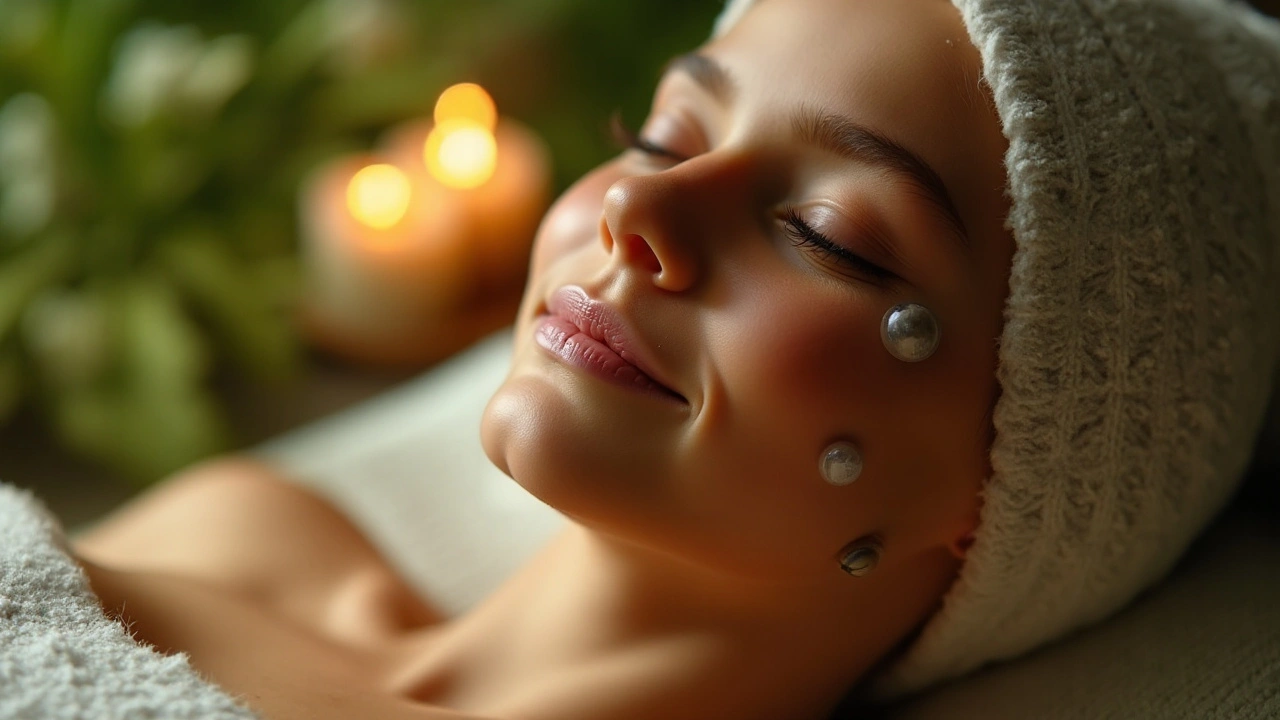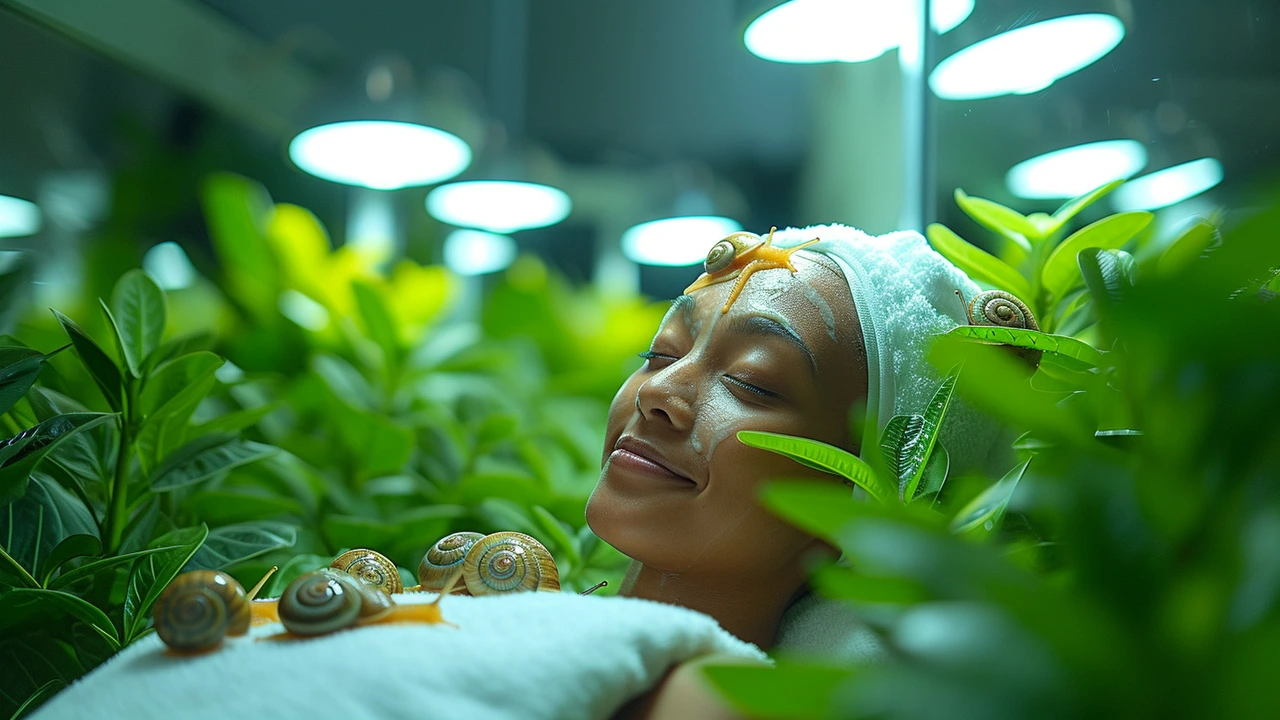Snail Facial: How It Works and What You Need to Know
Heard about snail facials and wondered if the hype is real? A snail facial uses snail mucin — the slimy stuff snails leave behind — for skin care. That mucin contains things like glycoproteins, hyaluronic acid, peptides and antioxidants. These ingredients can help hydrate skin, support surface repair, and improve texture when used in vetted products.
How snail facials work and what they actually do
Snail mucin helps skin in three straightforward ways: it attracts and holds moisture, it supports light surface repair, and it supplies small proteins that can help the skin barrier. People report smoother skin, better hydration, and reduced appearance of minor scars after regular use. If you choose a professional snail facial or a product, aim for items that list purified snail secretion filtrate and avoid heavy fragrances or unknown additives.
Want to try one? Do a patch test on inner forearm first. Clean skin, apply a small amount and wait 24 hours. If no redness, swelling, or itching shows up, it’s likely safe to use on your face. Follow product directions on frequency — most serums and masks are not meant for daily heavy layering.
Risks, choosing products, and aftercare
Allergy is the main risk. Some people react to snail mucin or to preservatives and perfumes in the product. Don’t use snail products on broken skin or open wounds. If you see intense redness, stinging, or hives, stop and get medical advice. Choose brands that show ingredient lists, use gentle preservatives, and have clear source and purification claims.
Aftercare is simple: keep skin hydrated, use sunscreen during the day, and avoid combining aggressive actives (like strong acids or high-dose retinoids) with a snail treatment until you know how your skin reacts.
Snail facials and pets: why this is not for dogs
If you own a dog, don’t try snail facials on them. Dog skin is different: its pH, hair coverage, and tendency to lick mean human facial products can irritate or be swallowed. Snail products often contain preservatives or fragrances that are toxic or irritating to pets. If your dog has dry or damaged skin, ask your vet about safe options like medicated shampoos, omega-3 supplements, or vet-approved topical treatments.
Want to help your dog’s skin naturally? Regular gentle grooming, a balanced diet, and vet-guided supplements work far better than human cosmetics. If you suspect an allergy or infection, book a vet visit rather than experimenting with human skincare.
Short checklist before you try a snail facial: patch-test first, pick a reputable product, avoid using on broken skin, skip heavy layering with other strong actives, and never use human products on pets without veterinary OK. If you’re unsure, a dermatologist can help you pick the safest option for your skin type.

Discover the Benefits of Snail Facial Massage for Youthful Skin
Unlock the secrets of nature's unexpected skincare ally: the snail! This article delves into snail facials, exploring their origins, benefits for skin rejuvenation, the science behind them, and expert tips for incorporating them into your routine. Discover how these unique treatments offer a natural solution for achieving healthy, radiant skin.

Exploring Snail Slime Massage: Is This Beauty Trend Right for You?
Delve into the exotic world of snail facial massage, a skincare trend that's been garnering attention worldwide. This article uncovers the science behind snail slime and its purported benefits for the skin. Discover how this unique treatment promises to rejuvenate, moisturize, and heal the skin, making it a sought-after addition to beauty routines. Learn about the process, the potential risks and rewards, and how to incorporate snail facials into your skincare regimen for optimal results.

How Biofeedback Improves Cognitive Performance
Nov, 12 2025



